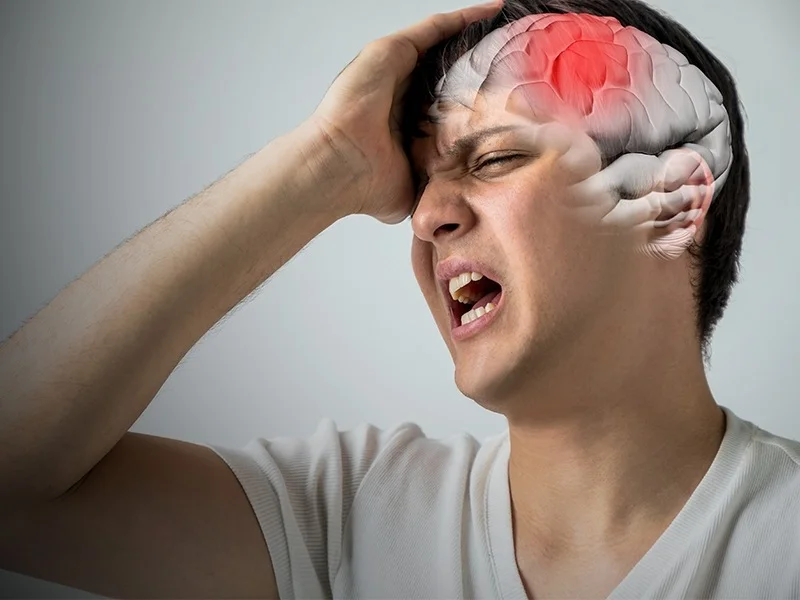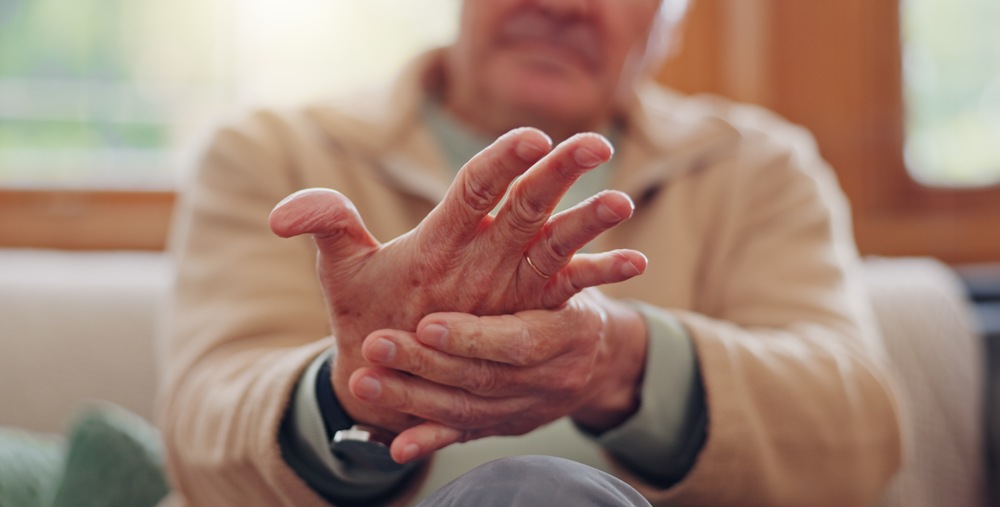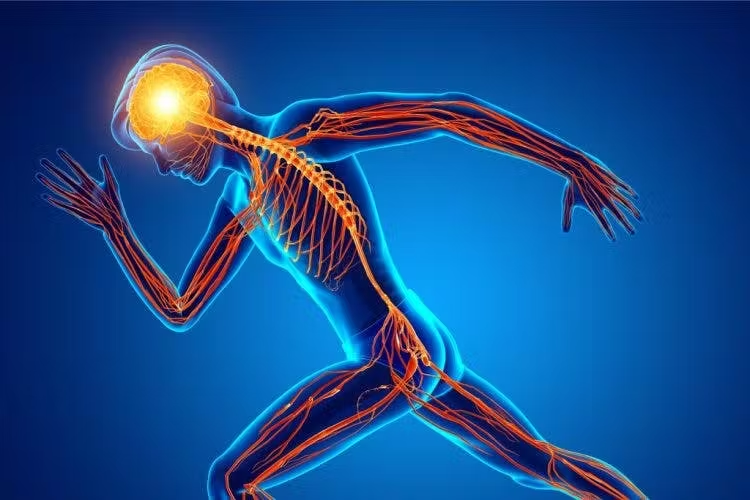
A Stroke occurs when the blood supply to part of the brain is interrupted or reduced, depriving brain tissue of oxygen and nutrients. There are two main types: ischemic stroke, caused by a blockage in an artery, and hemorrhagic stroke, caused by a burst blood vessel. Without prompt treatment, brain cells begin to die, leading to potential long-term disabilities or even death. Common symptoms include sudden numbness or weakness, especially on one side of the body, confusion, trouble speaking, vision problems, and difficulty walking. Stroke risk factors include high blood pressure, smoking, diabetes, and heart disease. Immediate medical attention is crucial to minimize brain damage, and rehabilitation is often needed to regain lost function. Prevention focusses on controlling risk factors and adopting a healthy lifestyle.

Parkinson's disease is a progressive neuro degenerative disorder that primarily affects movement. It occurs due to the loss of dopamine-producing neurons in the brain, leading to symptoms like tremors, stiffness, bradykinesia (slowness of movement), and balance problems. Injuries in Parkinson's patients often arise due to impaired motor control and increased risk of falls, especially as the disease advances. Common injuries include fractures, head trauma, and soft tissue damage, with falls being the leading cause. Individuals with Parkinson's may also experience postural instability, freezing of gait, and difficulty in walking, further contributing to injury risk. Proper management through physiotherapy, medication, and assistive devices can help improve mobility and reduce the likelihood of injury, ensuring better quality of life.

A spinal cord injury (SCI) occurs when there is damage to the spinal cord, either from trauma, disease, or degeneration. This can lead to partial or complete loss of sensation, movement, and bodily functions below the site of the injury. The severity depends on the location and extent of the damage, ranging from temporary issues to permanent paralysis, often categorized as paraplegia or quadriplegia. SCIs disrupt the communication between the brain and body, impacting motor control, bladder and bowel function, and even breathing in severe cases. Early intervention, rehabilitation, and physical therapy are crucial for maximizing recovery and quality of life. Research is ongoing to develop treatments, including stem cell therapy, to repair spinal cord damage and restore function.

Effective treatmentPhysiotherapy for cerebral palsy plays a vital role in improving mobility, strength, and independence in children and adults affected by the condition. Through tailored exercises and therapies, it helps reduce muscle stiffness, improve posture, and enhance balance and coordination. Physiotherapy also supports better joint flexibility, prevents contractures, and encourages motor skill development, making daily activities easier to perform. Most importantly, it enhances confidence, independence, and overall quality of life, enabling individuals with cerebral palsy to reach their fullest potential. Posture & CoordinationHelps maintain proper posture and improves motor skills. Improved Hand Strength Restores grip and makes everyday tasks easier. Better Flexibility & Function Enhances wrist movement for smoother work and activity. Better Quality of Life Boosts confidence, participation, and overall well-being